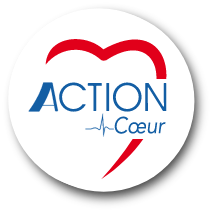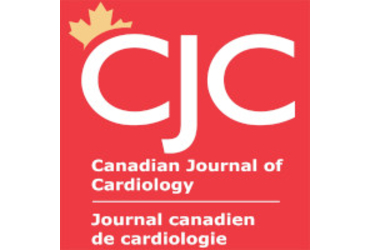Objectives :
The authors sought to assess the association between admission time with patient’s care, procedure characteristics, and clinical outcomes within a contemporary ST-segment elevation myocardial infarction (STEMI) network of patients referred for primary percutaneous coronary intervention (PCI).
Background :
The effect of admission time on STEMI patient’s outcomes remains controversial when primary PCI is the preferred reperfusion strategy.
Methods :
Characteristics and clinical outcomes of 2,167 consecutive STEMI patients admitted in a tertiary PCI-capable center were collected. On-hours were defined as admission from Monday through Friday between 8 am and 6 pm and off-hours as admission during night shift, weekend, and nonworking holidays. In-hospital and 1-year all-cause mortality were assessed as well as key time delays.
Results :
A total of 1,048 patients (48.3%) were admitted during on-hours, and 1,119 patients (51.7%) during off-hours. Characteristics were well-balanced between the 2 groups, including rates of cardiac arrest (7.9% vs. 8.8%; p = 0.55) and cardiogenic shock (12.3% vs. 14.7%; p = 0.16). Median symptom-to-first medical contact time and median first medical contact-to-sheath insertion time did not differ according to on- versus off-hours admission (120 min vs. 126 min; p = 0.25 and 90 min vs. 93 min; p = 0.58, respectively), as well as the rate of radial access for catheterization (85.6% vs. 87.5%; p = 0.27). There was no association between on- versus off-hours groups and in-hospital (8.1% vs. 7.0%; p = 0.49) or 1-year mortality (11.0% vs. 11.1%; p = 0.89), respectively.
Conclusions :
In a contemporary organized STEMI network, patients admitted in a high-volume tertiary primary PCI center during on-hours or off-hours had similar management and 1-year outcomes.






